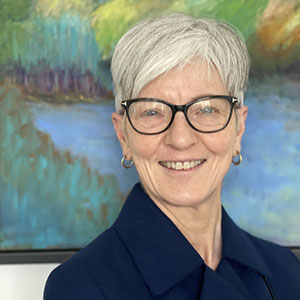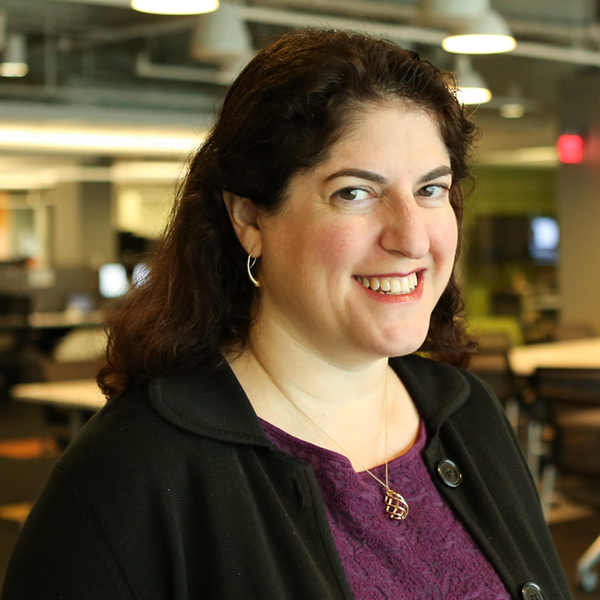It's relatively easy to write a check. Engaging in a philanthropic investment—shouldering accountability for outcomes—is much harder. Yet in the course of our work in recent years with a select group of foundation leaders and individual philanthropists—and in conversations we've had with many more—we have observed an important and heartening trend: Philanthropists and their organizations are becoming increasingly committed to investing money strategically, measuring the results of their giving and adjusting course to increase their impact.
This commitment doesn't reflect a new desire for the best possible outcomes; all philanthropists want their investments to be used to maximum effect. But it does reflect a new approach to the day-to-day work of philanthropy—a new level of self-assessment, rigor and follow-through. In the social sector, there are no market forces driving foundations to ensure that donations result in impact. As a result, excellence must be self-imposed. What we are seeing in increasing numbers are individual philanthropists and foundation leaders who are willing to hold themselves to that high standard
What this means in practical terms is that philanthropists and foundation leaders are explicitly tackling three tough questions: How do we define success? What will it take to make change happen? And how can we improve our results over time? They are systematically engaging in research, strategy development and performance measurement so that they can: better define the problem(s) they are trying to solve or the change they are trying to foster; chart an effective course towards that end; and continuously improve their methods. Put another way, they are getting clear about what success looks like for their investments, getting real about what it takes to make change happen and committed to getting better over time.
The Goldman Sachs Group's 10,000 Women initiative, launched in 2008, offers an excellent example of this type of engagement in action. (It also marked our firm's first strategy engagement with corporate philanthropy.) To be clear, the "get clear, get real, get better" framework was not a blueprint for Goldman's strategic process as this initiative was developed. In hindsight, however, that framing provides a very useful overlay through which to view Goldman's efforts.
The 10,000 Women initiative, to which Goldman Sachs has committed $100 million over five years, aims to provide at least 10,000 underserved women around the world with a business and management education at a time when UN Millennium Goals have elevated women's education and empowerment to the forefront of development issues. Currently, 10,000 Women operates through a network of more than 70 academic and non-profit partners in countries including Afghanistan, Brazil, China, Egypt, India, Rwanda and the United States. The initiative develops locally relevant coursework for students, across a range of disciplines including marketing, strategic planning, e-commerce and business plan writing. Courses range from five weeks to six months; the programs are intended to help open doors for women who would not otherwise have access to a business education. Students are also mentored (during their studies and after graduation) by partner institutions, local businesses and the people of Goldman Sachs.
Getting clear, at Goldman, meant marrying a few, critical strategic anchors—the firm's values, core competencies, and tangible and intangible assets to champion certain social causes—with robust evidence. Reduced to its essentials, philanthropy is a very personal and values-driven endeavor, even in professional institutions, and so it is important to explore those driving values and assumptions as well as hard data very early on when determining where to invest. Goldman's leaders first considered the firm's understanding and perception of the evolving global economy, its own capabilities and their belief that extending the benefits of globalization to underserved populations would necessitate a concentrated effort. As John Rogers, the firm's Chief of Staff and Secretary to the Board said in a Harvard Business School case study on 10,000 Women, "What we do at Goldman Sachs is put capital behind people and ideas; and we are a catalyst for economic growth. For Goldman Sachs to engage in a serious philanthropic initiative, we knew it had to be authentic, connected to what we do and to our culture, and we had to own it."
Data supported the firm's observations, values and culture of giving back—and suggested a target for investment. Ongoing Goldman research—including a 2005 research paper titled "Womenomics," and a 2007 work titled "Women Hold up Half the Sky"—had highlighted the economic potential of investing in women. Goldman's findings were also in agreement with major external studies that had found a strong link in developing countries between women's education and economic growth (improved worker productivity, healthier and better-educated families, and ultimately, more prosperous communities). Given this information, business education for women entrepreneurs easily emerged as a natural focus for the firm's charitable efforts.
Getting real meant developing an actionable strategy. Goldman leaders were confident in the direction of the initiative; they were also confident that they could hold themselves accountable for hard evidence of success related to job creation and business revenue growth. But what was the best approach to that end given Goldman's capabilities and the amount of money it was willing and able to invest? What should the initiative look like? Had any other organizations attempted to deliver solutions in this area? Were there already effective, perhaps undersized, programs in existence? What lessons had already been learned? What organizations would be delivering the services Goldman would be funding and what were their capabilities?
Goldman's leaders initially considered providing grants to women pursuing MBA degrees, but rejected that idea when they considered the cost against the potential returns. They were, however, were keenly aware that small to medium-sized enterprises (SMEs) in developing countries were often overlooked, despite their potential to boost local economies. Through further research, they learned that women entrepreneurs in these countries did not have broad access to education that would help them run and grow their businesses. They also considered existing efforts to provide women with a business education. Pan-African University's short-term "Certificate in Entrepreneurial Management" was one such program; the school's model informed Goldman's and it is now a partner in 10,000 Women.
Armed with this information, they developed a set of baseline requirements for their philanthropic efforts with an overarching goal of creating a pipeline of economic empowerment that would connect business education to support services and access to capital. The firm would help a significant number of women, at least 10,000, gain access to the pipeline and acquire skills and knowledge that they could apply immediately in their own work. As part of the effort, the firm would engage and connect leading global business schools with schools in developing countries to facilitate learning and capacity building. And people from across Goldman Sachs would involve themselves with the initiative: mentoring students, engaging their networks to build markets and measuring the results.
Getting better is an ongoing process. For any philanthropic organization, getting better means revisiting the strategy, regularly, challenging the status quo, measuring performance and assessing results. It also means consulting the field to ensure objectivity and accepting feedback with an intention to improve.
10,000 Women enjoyed a successful first year. More than 600 women entrepreneurs applied for the first 60 slots opened in Rwanda; and as of November 2009, women in 20 countries including Afghanistan, Brazil, China, Egypt, India, Rwanda, the United States and Zambia were enrolled in the program. By the end of 2009, 10,000 Women had 939 graduates, with 1,428 enrolled. To cite just one beneficiary experience: Since participating in 10,000 Woman, Ayodeji ("Ayo") Megbope, a caterer in Lagos, Nigeria, has increased her revenues by a factor of five and grown her company from two full-time staff to five (with 25 temporary workers employed on an as-needed basis). Instead of renting cooking utensils and using taxis to deliver her goods, she has been able to purchase her own utensils and a delivery truck. She has also begun contracting with suppliers. Other program graduates, armed with a newfound confidence born of increased knowledge and ability, have similarly begun to grow their businesses.
The response within Goldman has been no less inspiring: Goldman involvement in the initiative spans the organization, including senior management and directors; and the mentoring program is oversubscribed, with data indicating that Goldman mentors are highly valued by students.
But these early "returns" have only served to incite the initiative's leaders to hone their metrics continually to ensure that the initiative is having the maximum possible impact and to leave no stone unturned in their efforts to incorporate what they are learning in real time.
As Dina Powell, Managing Director and Global Head of the Office of Corporate Engagement at Goldman Sachs put it, "10,000 Women seeks to address a pressing need and is focused on delivering tangible results. We're encouraged by the early results and remain committed to rigorously measuring progress and impact."
This article draws on "Galvanizing Philanthropy" a recent Harvard Business Review article co-authored by Susan Wolf Ditkoff and Susan J. Colby, and "Goldman Sachs: The 10,000 Women Initiative," a Harvard Business School case study by Christopher Marquis, V. Kasturi Rangan, and Catherine Ross.




